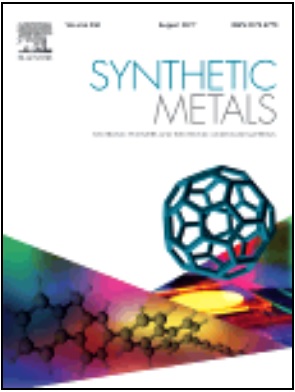Perovskite solar cells with popular 2,2′,7,7′-tetrakis(N,N-di-p-methoxyphenylamine)-9,9′-spirobifluorene (spiro-OMeTAD) as the hole transporting material are compared to those prepared with 2,2′,7,7′-tetrakis(N,N-di(4-methoxyphenyl)amino)-spiro-(fluorene-9,9′-xanthene) (X60), its recently proposed new and potentially cheaper alternative, and with a mixture of both materials. The cells with both small-molecule transporters have similar photocurrent and photovoltage, but the cells with X60 exhibit about 13% smaller fill factor than those with spiro-OMeTAD. The dynamics of the interfacial charge transfer occurring on the time scales from femtoseconds to seconds is explored. The overall hole injection is slower from methylammonium lead iodide to X60 than that to spiro-OMeTAD by about 0.04 ns−1. Similarly, slower hole recombination is found for the cells with X60, taking place on the millisecond time scale in the dark. The recombination under illumination is accelerated more for ×60 material, which might explain the differences in fill factor values. The cells with the 1:1 mixture of spiro-OMeTAD and X60 show intermediate behavior in all aspects, revealing that a simple combination of small molecule transporters can be used to tune the properties of HTM.

